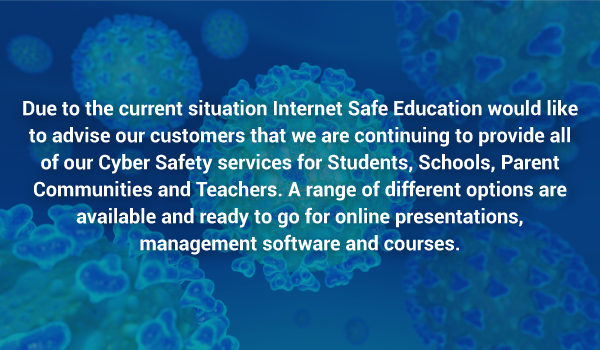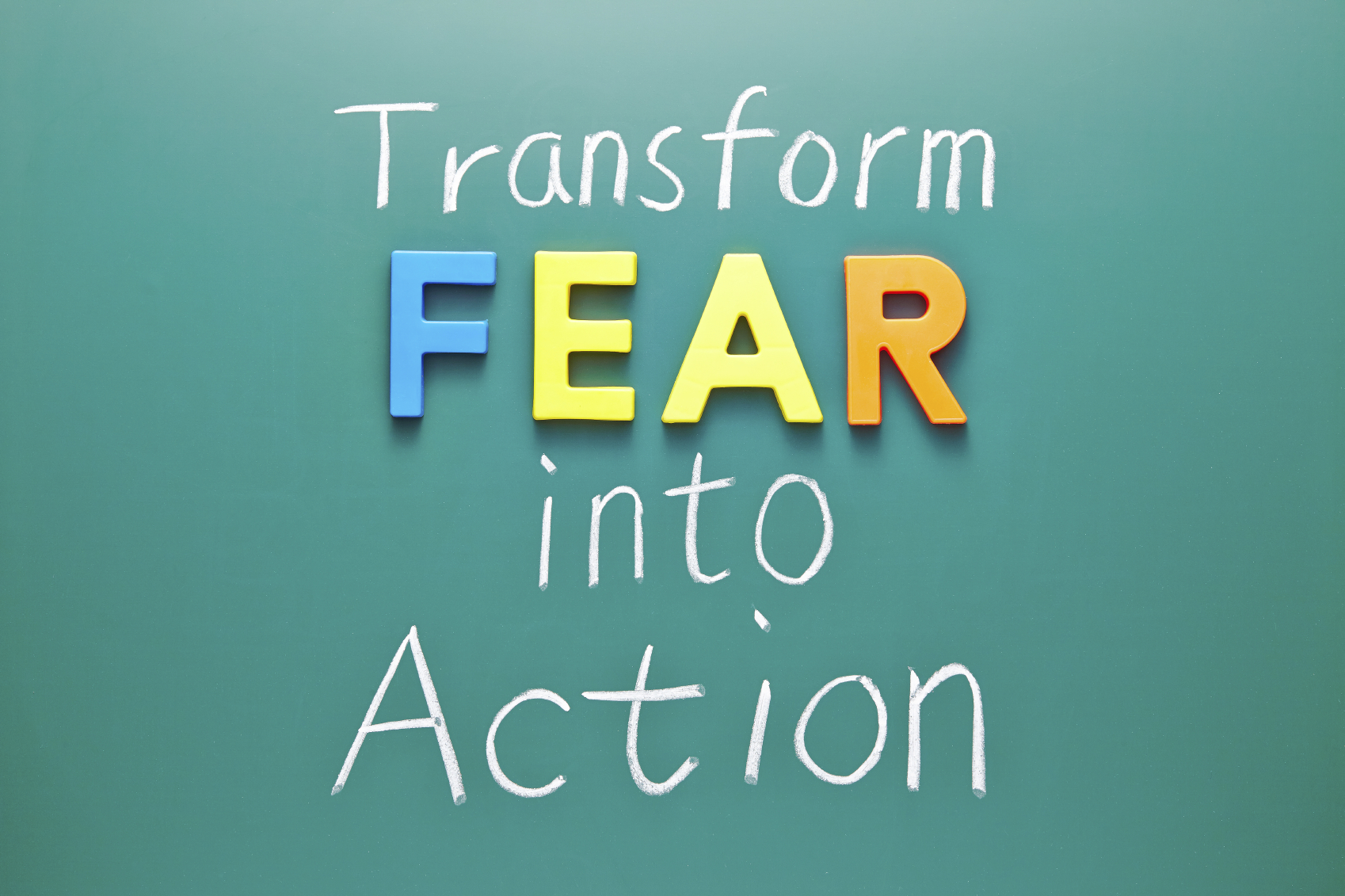Online grooming is a serious issue that every parent should be aware of. It’s the process by which a predator uses the internet to gain trust and establish an emotional connection with a child, with the ultimate goal of exploitation and abuse. The anonymity and ubiquity of the internet make it easy for predators to reach out to potential victims, and children are particularly vulnerable. As a parent, it’s crucial to know the signs that your child may be targeted, such as secretive behaviour, excessive time spent online, and sudden changes in mood or behaviour. By being vigilant and taking steps to protect your child, you can help prevent online grooming and keep your family safe.
Last week on episode one of Channel Nine’s Parental Guidance where Detective Superintendent ACCCE and Human Exploitation Jayne Crossling leads an Online Gaming Challenge to simulate a potential predator approach through a children’s animated game and attempt to gain personal and location information from the children. It was interesting to see how children from different parenting styles approached the contact. Some gave false names, some indicated they would get in trouble as they had been told not to give out their information from their parents but concerningly some children willingly and freely gave their name, what state they live in and one even gave a street address when the fake predator said they were having dinner at a local restaurant and they revealed they live near there and gave their street name. There were two set of parents who were clearly disturbed by what they saw, and one even approached their child to ask them about the interaction and she lied to say it wasn’t her conversation. We can all sympathise with those parents who have had the tough conversations with their kids, but it highlighted how cunning online predators can be and in a chat based game it isn’t unusual to tell people your name. Co-host Ally Langdon goes on to say, “Talking about this is difficult, but not talking about it is dangerous.”
Online predators by definition are deceptive in nature and their intentions to gain the trust of a child with the intention of harm. Online predatory behaviour goes through the following five stages:
Stage 1 | Identifying the victim
Like in the Parental Guidance Challenge, the predator will ask personal identification questions such as age, sex or other identifying features and also location information.
Stage 2 | Gathering information
Based on the personal information they have collected from the victim they will start to build a psychological profile to identify the best way to connect with the victim and become more familiar.
Stage 3 | Identifying and exploiting needs
The predator can now identify weaknesses or vulnerabilities in the victim and will set out to exploit them. It has been identified that the most vulnerable targets for online predators are children and young adults who are over sexualised or pretend to be older than they are as these are indicators of low self esteem making them easier to exploit
Stage 4 | Desensitisation
Desensitisation is the stage where the conversation will take a sharp turn to more inappropriate or sexual conversation. This is often where images are exchanged either willingly or by blackmail
Stage 5 | Control and Abuse
This is the scariest and most at risk stage. Where the predator will encourage meeting up somewhere private without the knowledge of parents or trusted adults. Isolation is the main tactic used to keep the meetings secret and maintain control of the situation.
So what are the signs that your child is being targeted by an online predator?
In 2022, The International Centre for Missing and Exploited Children Australia (ICMEC) referred to online grooming being the new “Stranger Danger”. We were all remember the talk about avoiding strangers offering lollipops on the street or beckoning us to come and see their puppy. While these types of strangers are still ever present in the world the more frightening strangers are less identifiable and able to be within our homes targeting our children whilst sitting in the family room.
There are several signs that may indicate that your child is being groomed online. These include:
- Spending excessive amounts of time online, especially late at night
- Becoming isolated from friends and family and/or more volatile with their emotions
- Behaving differently or becoming withdrawn
- Becoming secretive about their online activity or switching screens when you walk in
- Receiving gifts or money from unknown sources
- Becoming emotionally attached to someone they met online
- Having unexplained phone calls, texts or packages
- Using sexual language that is unusual or inappropriate for their age
If you notice any of these signs, it’s important to talk to your child and seek help to keep them safe.
The internet has given predators access to our homes and our children. Online grooming is something that is very real and is happening everyday all around the world. As we saw from the recent Parental Guidance Challenge it is important to educate children and teenagers about the risks associated with online interactions and to monitor their internet activity. Parents should encourage open communication with their children and create a safe space for them to discuss any concerns or incidents. It’s also important to note any changes in behaviour of your children big or small. Additionally, organisations like The International Centre for Missing and Exploited Children Australia (ICMEC), the eSafety Commissioner and The Australian Federal Police (AFP) led Australian Centre to Counter Child Exploitation (ACCCE) are holding technology companies accountable ensuring they have measures in place to detect and prevent online grooming on their platforms. By working together, we can help protect our children from the dangers of online grooming and create a safer online environment for everyone.


